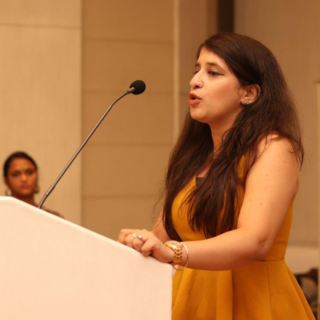
Every child cannot be a terrific athlete. Here’s how schools can encourage more pupils to participate in sports.


Lorris Nzouakeu, a high school senior, thought he would be knocked out in straight sets going into his final tennis tournament of the school year. He had one of the first matches of the day planned for the regionals tournament in western Maryland, against a kid from another school who had won the title the previous year.
“So it wasn’t really looking good at the start,” he chuckles. “My goal was definitely to continue rallies, keep up the pace, and have fun.”
“Fun” might be difficult to come by in high school athletics. Many children and families go all in when it comes to college sports scholarships, focusing on one sport and even one position from elementary school. It’s also huge business: the youth sports sector as a whole is worth $19 billion dollars, which is more than the NFL.
Sports aren’t working for a lot of youngsters of all ages. Less than half of all children participate in sports, and those who do do so for around three years before quitting at the age of eleven. That’s a lot of youngsters who are losing out on some of sports’ most important benefits, such as spatial awareness, physical exercise, and teamwork.
Sports instructors, health researchers, and parents are increasingly speaking out against this trend, claiming that sports should be available to all children.
Physical activity has decreased in recent pandemic years, but obesity rates and mental health concerns have increased, write Tom Farrey and Jon Solomon of the Aspen Institute Sports & Society Program in a 2022 manual for reinventing school sports. Simultaneously, interest in sports has increased, which “presents a historic opportunity for schools to reimagine their approach to sports,” they write.
However, schools may make room for a wider range of kids in athletics. Tuscarora High School in Frederick County, Maryland is one example of how this works in practice. This school revamped its athletics program to promote the inclusion of students of all abilities in sports. It’s a paradigm for dealing with young athletics, says author and athlete Linda Flanagan, who featured the school in her book Take Back the Game.
Here’s how Tuscarora High conducts things, as well as some guiding principles for how schools may assist more children enjoy athletics.
Provide a choice of sports to appeal to all preferences and abilities.
Tuscarora is a rather large school with over 1,600 pupils, 40% of whom are white, a quarter Hispanic, and a quarter Black. One-third of students receive free or reduced-price meals.
Half of these pupils participate in a school sport, which is much higher than the national average of 39%. “That’s awesome,” says Chris O’Connor, Tuscarora’s coordinator of athletics and facilities. “That speaks to the number of sports that we offer.”
Frederick County schools, including Tuscarora, offer 17 different sports, including golf, swimming, and lacrosse, as well as females flag football beginning next year. Tuscarora also offers three united teams, in which students with and without disabilities play together – this year, Tuscarora’s unified bocce team won Maryland’s state title.
Variety is important since not everyone enjoys football, basketball, or baseball, according to Brian Culp, associate professor of health and physical activity leadership at Kennesaw State University.
“What can happen is that if you’re in a school system with a large number of African-American students and you say, ‘Well, I’m going to provide basketball and I’m going to provide football,’ you’ve basically designed their destiny,” he adds. He argues that if a student isn’t excellent at either of these activities or doesn’t enjoy them, they may believe there is no place for them in athletics.
Offering alternatives such as fencing or gymnastics might assist pupils in discovering what they enjoy. “There are factors that influence the types of decisions people make: Are they skiers? Are these water skiers? “Are they joggers?” Culp claims he didn’t participate in a varsity sport until his senior year, when he raced cross country.




